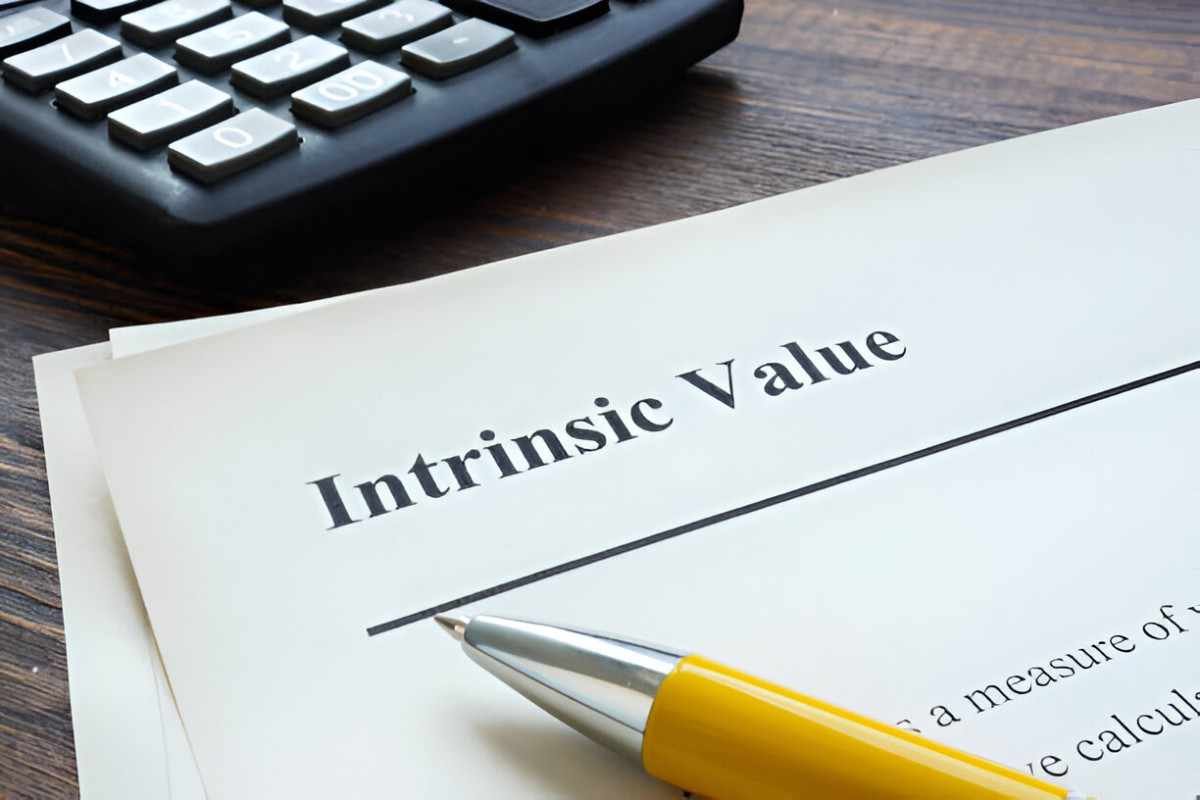As an investor, I often ask myself: What is this investment really worth? The answer lies in understanding intrinsic value—the true, underlying worth of an asset, independent of its market price. Intrinsic value is the cornerstone of value investing, a philosophy popularized by Benjamin Graham and Warren Buffett. In this article, I will break down intrinsic value, explain how to calculate it, and show why it matters in making sound investment decisions.
Table of Contents
What Is Intrinsic Value?
Intrinsic value is the actual value of an asset based on its fundamental characteristics. Unlike market price, which fluctuates due to supply and demand, intrinsic value reflects the asset’s real economic worth. For stocks, this means analyzing a company’s financial health, earnings potential, and growth prospects. For bonds, it involves assessing creditworthiness and future cash flows.
Why Intrinsic Value Matters
The stock market is often irrational in the short term. Prices swing due to emotions, speculation, and macroeconomic factors. But over time, prices tend to align with intrinsic value. Investors who can accurately determine intrinsic value gain an edge—they buy undervalued assets and sell overvalued ones.
Calculating Intrinsic Value
There are several methods to estimate intrinsic value, each with strengths and limitations. I will discuss the most widely used approaches.
Discounted Cash Flow (DCF) Analysis
The DCF model is one of the most reliable ways to estimate intrinsic value. It calculates the present value of an asset’s future cash flows. The formula is:
V_0 = \sum_{t=1}^{n} \frac{CF_t}{(1 + r)^t} + \frac{TV}{(1 + r)^n}Where:
- V_0 = Intrinsic value today
- CF_t = Cash flow in year t
- r = Discount rate (required rate of return)
- TV = Terminal value
Example: DCF for a Stock
Suppose I analyze Company XYZ, which expects to generate the following free cash flows (FCF) over the next five years:
| Year | FCF (in millions) |
|---|---|
| 1 | $100 |
| 2 | $120 |
| 3 | $140 |
| 4 | $160 |
| 5 | $180 |
Assume a discount rate of 10% and a terminal growth rate of 3%.
First, I discount each year’s cash flow:
PV_1 = \frac{100}{(1 + 0.10)^1} = \$90.91M
PV_2 = \frac{120}{(1 + 0.10)^2} = \$99.17M
PV_3 = \frac{140}{(1 + 0.10)^3} = \$105.18M
PV_4 = \frac{160}{(1 + 0.10)^4} = \$109.28M
Next, I calculate the terminal value (TV) using the Gordon Growth Model:
TV = \frac{FCF_5 \times (1 + g)}{r - g} = \frac{180 \times 1.03}{0.10 - 0.03} = \$2,651.43MNow, discount the terminal value to present:
PV_{TV} = \frac{2,651.43}{(1 + 0.10)^5} = \$1,647.80MFinally, sum all present values:
V_0 = 90.91 + 99.17 + 105.18 + 109.28 + 111.80 + 1,647.80 = \$2,164.14MIf Company XYZ has 50 million shares outstanding, the intrinsic value per share is:
\frac{2,164.14}{50} = \$43.28If the stock trades below this, it may be undervalued.
Earnings Power Value (EPV)
Another method, introduced by Bruce Greenwald, estimates intrinsic value based on normalized earnings. The formula is:
EPV = \frac{Normalized\ Earnings}{Cost\ of\ Capital}This approach is useful for stable businesses with predictable earnings.
Book Value and Adjusted Book Value
For asset-heavy companies, book value (total assets minus liabilities) can approximate intrinsic value. However, I adjust for intangible assets and market value discrepancies.
Comparing Intrinsic Value to Market Price
Market price often deviates from intrinsic value due to:
- Market Sentiment – Fear and greed drive prices.
- Speculation – Traders bet on short-term movements.
- Information Asymmetry – Insiders may know more than retail investors.
Example: Tesla vs. Ford
Let’s compare Tesla (TSLA) and Ford (F) using P/E ratios (as of 2023):
| Company | P/E Ratio | Earnings Growth (5-Yr Avg) |
|---|---|---|
| Tesla | 60x | 50% |
| Ford | 8x | 5% |
Tesla’s high P/E suggests investors expect massive growth, while Ford’s low P/E reflects slower growth. Intrinsic value analysis helps determine if Tesla’s premium is justified.
Limitations of Intrinsic Value
No model is perfect. Key challenges include:
- Estimating Future Cash Flows – Projections can be wrong.
- Choosing the Right Discount Rate – Small changes drastically alter results.
- Black Swan Events – Unpredictable crises disrupt valuations.
Practical Steps to Apply Intrinsic Value
- Analyze Financial Statements – Focus on revenue, earnings, debt, and cash flow.
- Understand the Business Model – Some companies deserve higher multiples.
- Compare Competitors – Industry benchmarks provide context.
- Stay Patient – Markets may take time to reflect true value.
Final Thoughts
Intrinsic value is not a precise number but a range. Different models yield different results, so I use multiple methods to cross-verify. The goal is not perfection but reducing uncertainty. By focusing on intrinsic value, I make informed decisions rather than following market hype.





